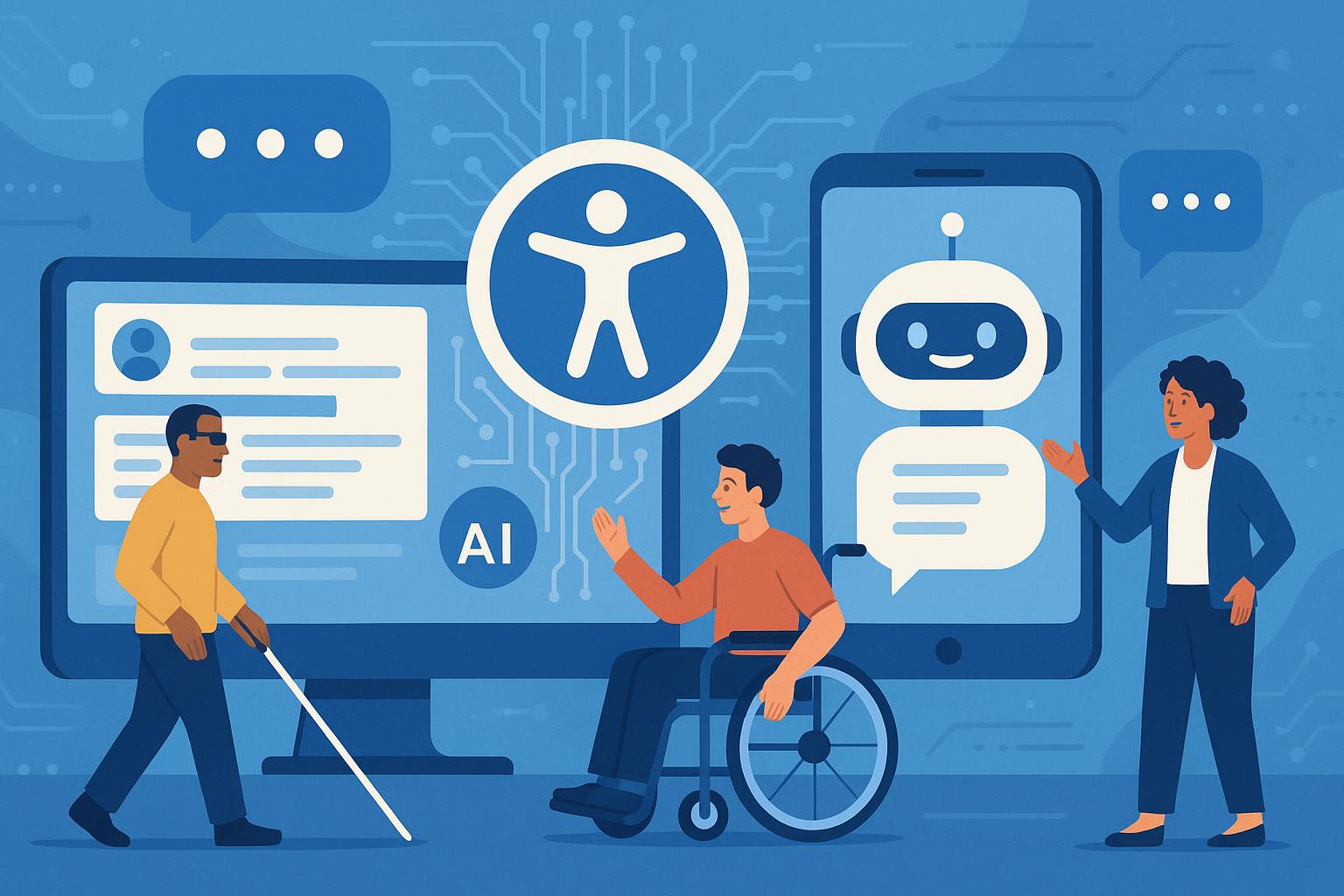Shopping Made Simple: How AI Chatbots Are Transforming the Retail Experience
In the current digital age, the retail sector is witnessing a significant transformation, primarily driven by advancements in artificial intelligence (AI) and machine learning. At the forefront of this revolution are AI-powered chatbots, which are significantly altering how businesses interact with customers through dynamic, conversational user interfaces (UIs). This article delves into the impactful role of AI chatbots in retail, especially in enhancing shopping decisions, streamlining order management, and delivering personalized customer interactions.
The Rise of Conversational UIs in Retail
Traditional web UIs, typically featuring static pages and fixed navigation paths, are increasingly being replaced by more fluid and interactive conversational interfaces. These AI-driven systems utilize large language models (LLMs) to understand and respond to user inputs in natural language, providing a more intuitive and engaging shopping experience. In the retail context, this evolution is evident in the emergence of virtual shopping assistants that perform many tasks traditionally handled by human employees.
Enhanced Customer Service with AI Chatbots
AI chatbots play a crucial role in elevating customer service within the retail industry. These bots can interact with customers in real-time, provide information, answer inquiries, and resolve issues 24/7, all without human intervention. This enhancement not only boosts customer satisfaction but also alleviates the workload on human staff, allowing them to concentrate on more complex service tasks.
- Instant Responses: AI chatbots deliver prompt responses to common customer queries, from store hours to product availability, considerably reducing waiting times.
- Scalability: Chatbots can manage thousands of interactions simultaneously, which ensures efficient customer service even during peak periods.
Personalized Shopping Experiences
One of the most transformative features of AI chatbots in retail is their capability to personalize the shopping journey. By analyzing customer data and past interactions, chatbots can offer tailored product recommendations and navigate customers through a customized shopping experience.
- Recommendation Systems: Chatbots integrate seamlessly with backend systems to access customer profiles and purchase histories, enabling them to suggest products that align with the customer’s preferences and needs.
- Contextual Understanding: Advanced LLMs equip chatbots with the ability to grasp the context of customer requests, thereby enriching interactions and closely mimicking human sales assistants.
Streamlining Order Management and Transactions
AI chatbots further streamline order management by automating various facets of the purchasing process. From initiating orders to tracking shipment details, chatbots manage these tasks with efficiency and precision, enhancing the overall customer experience.
- Automated Ordering: Customers can finalize purchases directly through the chat interface, with chatbots managing all aspects from product selection to payment processing.
- Order Tracking: Following a purchase, chatbots provide customers with real-time updates on the status of their orders, including details about shipping and expected delivery times.
Real-World Applications and Success Stories
Several leading retailers are already capitalizing on AI chatbots to improve their customer interactions. For example, a prominent fashion retailer introduced a chatbot that assists customers in selecting outfits based on their preferences and prevailing fashion trends. This bot not only heightened customer engagement but also increased sales by offering personalized recommendations influenced by user behavior and preferences.
Challenges and Considerations
Despite their advantages, the integration of AI chatbots into retail comes with its set of challenges. Concerns such as data privacy, the necessity for ongoing updates, and ensuring accurate understanding and processing of user requests are paramount. Retailers must ensure that chatbot interactions comply with data protection laws and maintain transparency with customers regarding the usage of their data.
- Data Security: It is imperative to implement robust security measures to safeguard customer data accessed by chatbots.
- Continuous Learning: To remain effective, chatbots must continuously learn and adapt to new products, customer interactions, and evolving behaviors.
Conclusion
The integration of AI chatbots into retail represents not merely a trend but a fundamental shift in customer interaction. By offering a seamless, personalized shopping experience, managing orders efficiently, and enhancing customer service, AI chatbots are redefining industry standards. As technology continues to advance, the potential for these AI-driven interfaces to transform retail operations and customer experiences grows exponentially. For retailers aiming to stay competitive in a rapidly evolving market, adopting AI chatbots is increasingly becoming crucial.
As we further explore the impact of AI and chat-based UIs across various industries, it is evident that the future of customer interaction is inherently conversational. The implications for design, user experience, and backend architecture are profound and far-reaching, promising a more accessible, efficient, and personalized future for both consumers and businesses.












